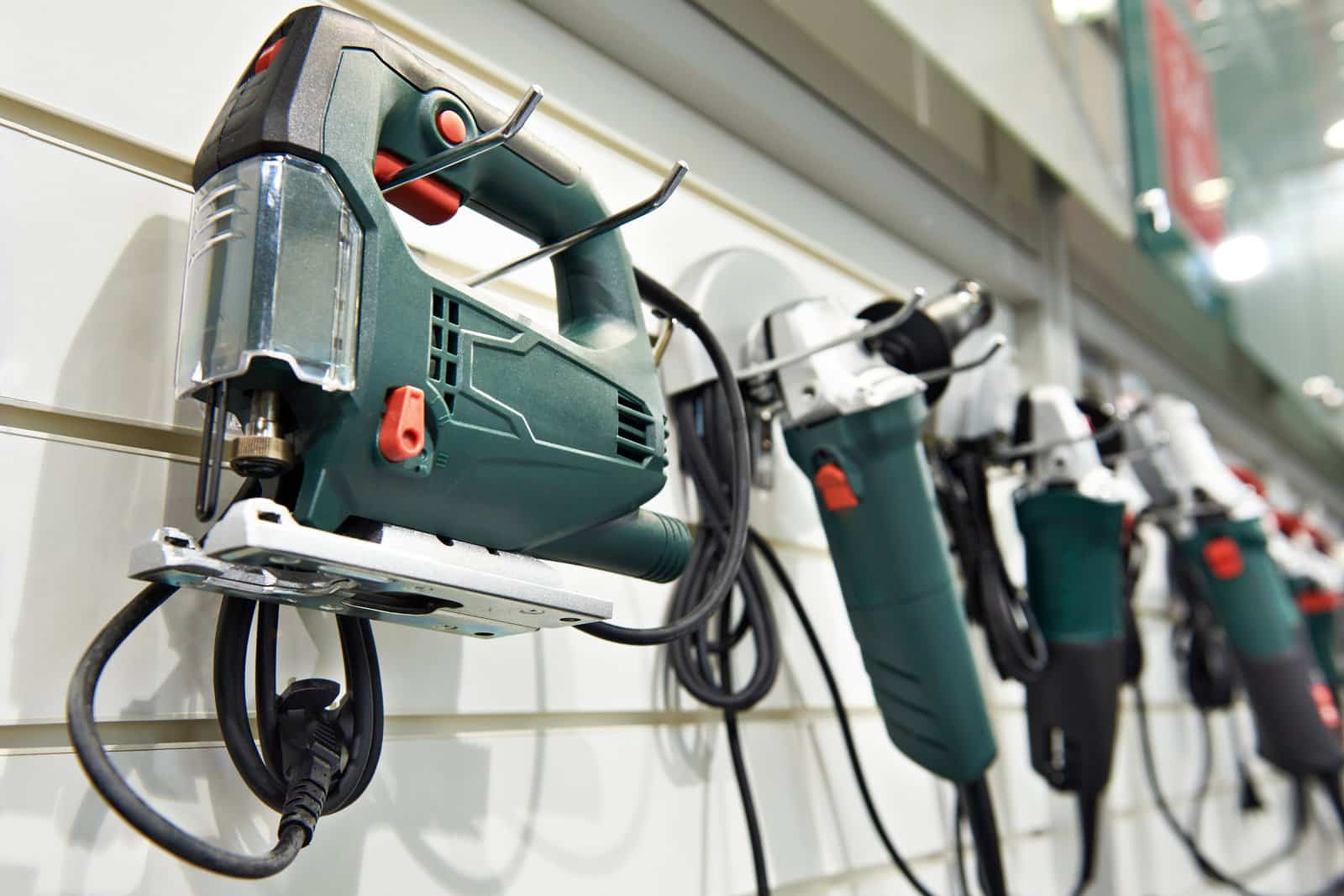In a world where the new often overshadows the sensible, there’s a treasure trove of value in the second-hand market. From cars to couture, the savings and stories behind pre-loved items can make them far more valuable than their brand-new counterparts. Here’s a list of 22 items that savvy shoppers should consider buying used, and the reasons they’re a steal.
1. Cars

A new car loses approximately 20-30% of its value the moment it drives off the lot. Buying a car that’s even just a year old can save you thousands of dollars, plus you’ll often find vehicles still under warranty.
2. Textbooks

College textbooks are notoriously expensive and often lightly used. Buying them second-hand can slash costs significantly, with many books available at a fraction of their original price.
3. Fitness Equipment

Treadmills, weights, and bikes often find their way to second-hand markets, barely touched. Given the high markup on new equipment, buying used can save you a lot on setting up a home gym.
4. Luxury Watches

Luxury watches, unlike most items, can retain or even increase in value over time. Buying second-hand not only saves you money upfront but can also be a good investment.
5. Furniture

New furniture comes with hefty markups. Second-hand or vintage pieces not only save you money but can add unique style and character to your home.
6. Designer Clothing

Designer labels often come with steep prices for their quality and brand name. Buying these items second-hand lets you enjoy luxury fashion at a fraction of the cost.
7. Video Games

Video games can be costly when new but lose value quickly. Buying them used allows you to enjoy the same entertainment for less money.
8. Baby and Kids’ Clothes

Kids outgrow clothes quickly, meaning items are often barely worn. Second-hand shops and sales are full of great finds that can save parents a bundle.
9. Sports Gear

From golf clubs to hockey sticks, lightly used sports equipment can be bought at a steep discount, making it easier to try new activities without the financial commitment.
10. Tools

Quality tools are built to last, and buying them second-hand can save DIY enthusiasts a significant amount. Often, you’ll find them well-cared-for or barely used.
11. Musical Instruments

Instruments can be prohibitively expensive new. Second-hand instruments offer a more affordable entry point for beginners and can hold their value well.
12. Bicycles

Much like cars, new bicycles depreciate quickly. A used bike can offer the same performance and reliability as a new one for much less money.
13. Books

Beyond textbooks, most books can be enjoyed just the same when bought used. It’s an eco-friendly choice that also supports local bookshops or libraries.
14. Jewellery

The markup on new jewellery is astronomical. Buying second-hand pieces can not only save money but also land you unique, vintage finds with history.
15. Camping Gear

Tents, sleeping bags, and other outdoor equipment are often used infrequently and then sold. You can get high-quality gear for less, making your next adventure more affordable.
16. Pet Supplies

From crates to carriers, pet supplies can often be found gently used. This can save pet owners significantly, especially during the early, expensive days of pet ownership.
17. Phones and Electronics

With new models released yearly, last year’s tech is often discounted. Buying used electronics can get you nearly the latest technology at a better price.
18. Appliances

Large appliances like washers, dryers, and refrigerators can be very expensive new. Second-hand units often work just as well, offering significant savings.
19. Wedding Dresses

Worn for just one day, wedding dresses are a prime item to buy used. You can find designer gowns at a fraction of their original price.
20. Photography Equipment

Cameras, lenses, and accessories depreciate quickly. Buying them used from reputable sources can save photographers hundreds to thousands of dollars.
21. Garden Tools

Garden tools and equipment, from lawnmowers to rakes, are often sold in excellent condition. This is an easy area to save on for home gardeners.
22. Children’s Toys

Kids often move on from toys quickly, leaving them in great shape. Buying toys second-hand can save a lot of money, particularly on big-ticket items like playsets and electronic games.
Smart Spends

Embracing the second-hand market is not just about savings; it’s about making smart, sustainable choices that benefit your wallet and the planet. With a little patience and some savvy shopping, you can find almost anything you need with a history as rich as its future in your hands.
The post 22 Items That You Should Buy Secondhand first appeared on All Things Buzz.
Featured Image Credit: Pexels / Yuki Ghost.
The content of this article is for informational purposes only and does not constitute or replace professional financial advice.
For transparency, this content was partly developed with AI assistance and carefully curated by an experienced editor to be informative and ensure accuracy.

